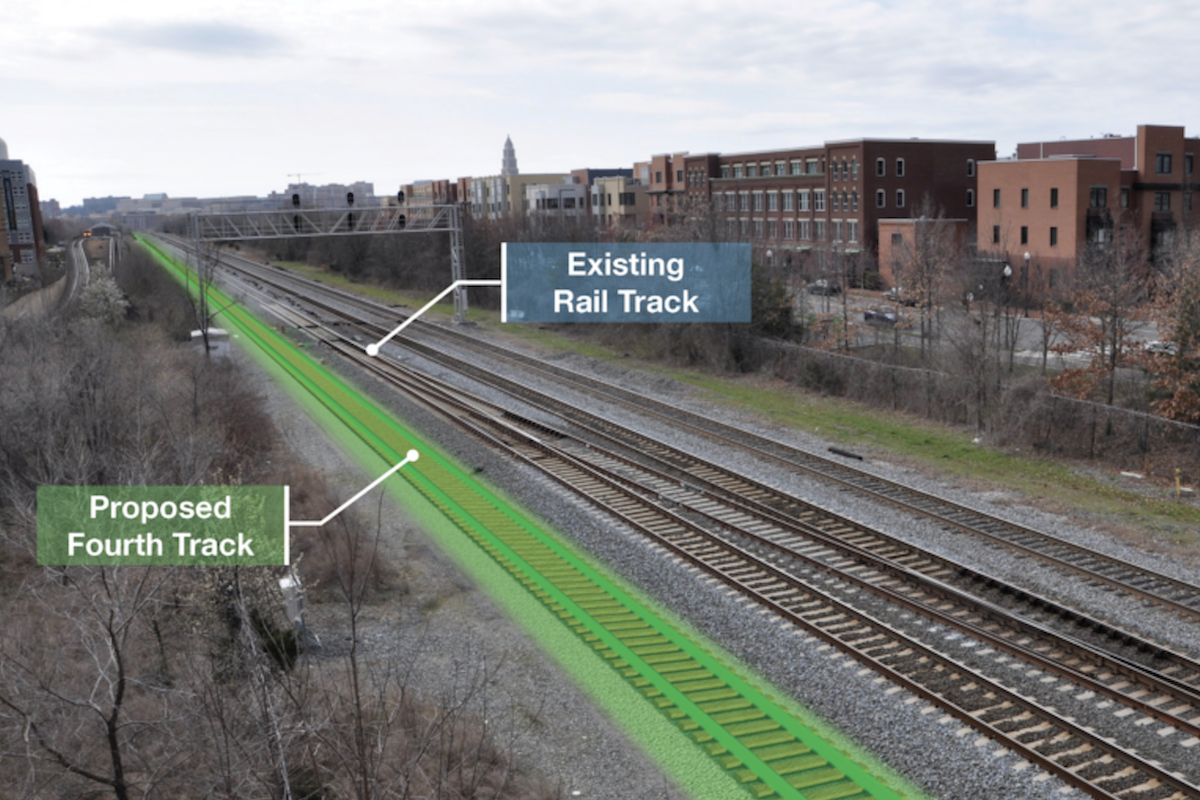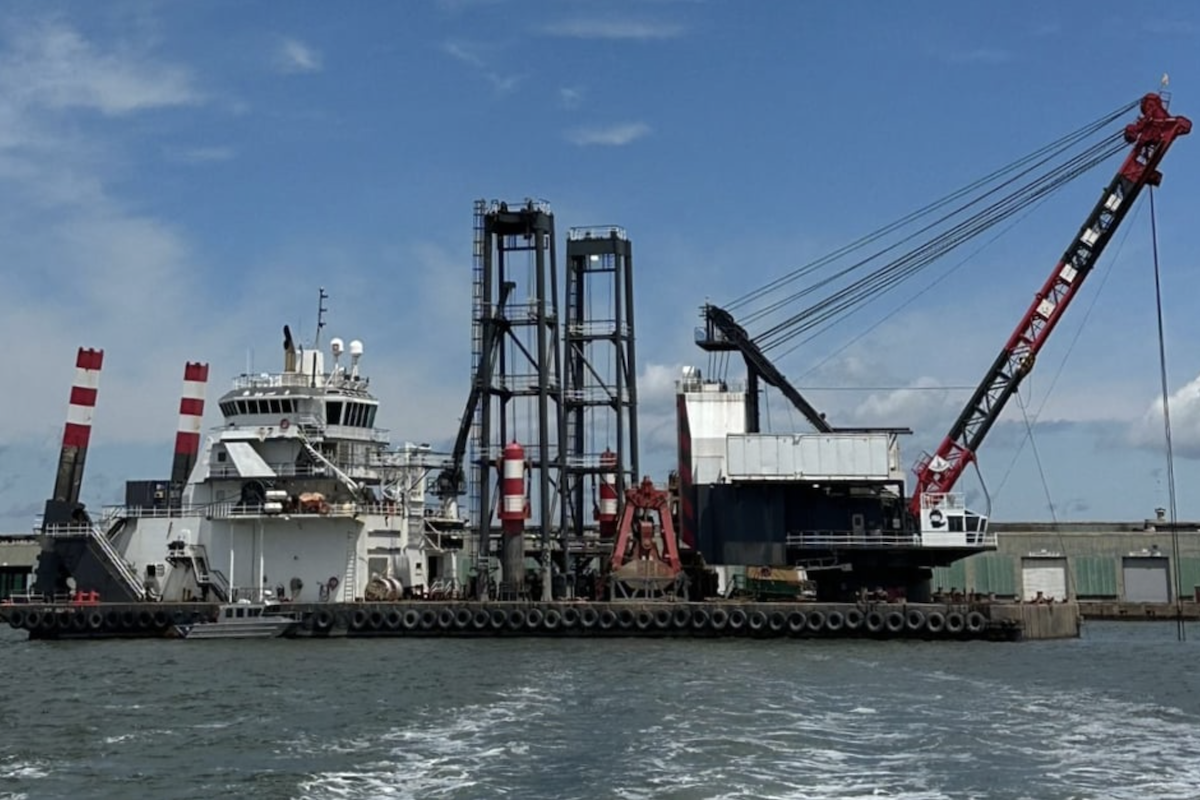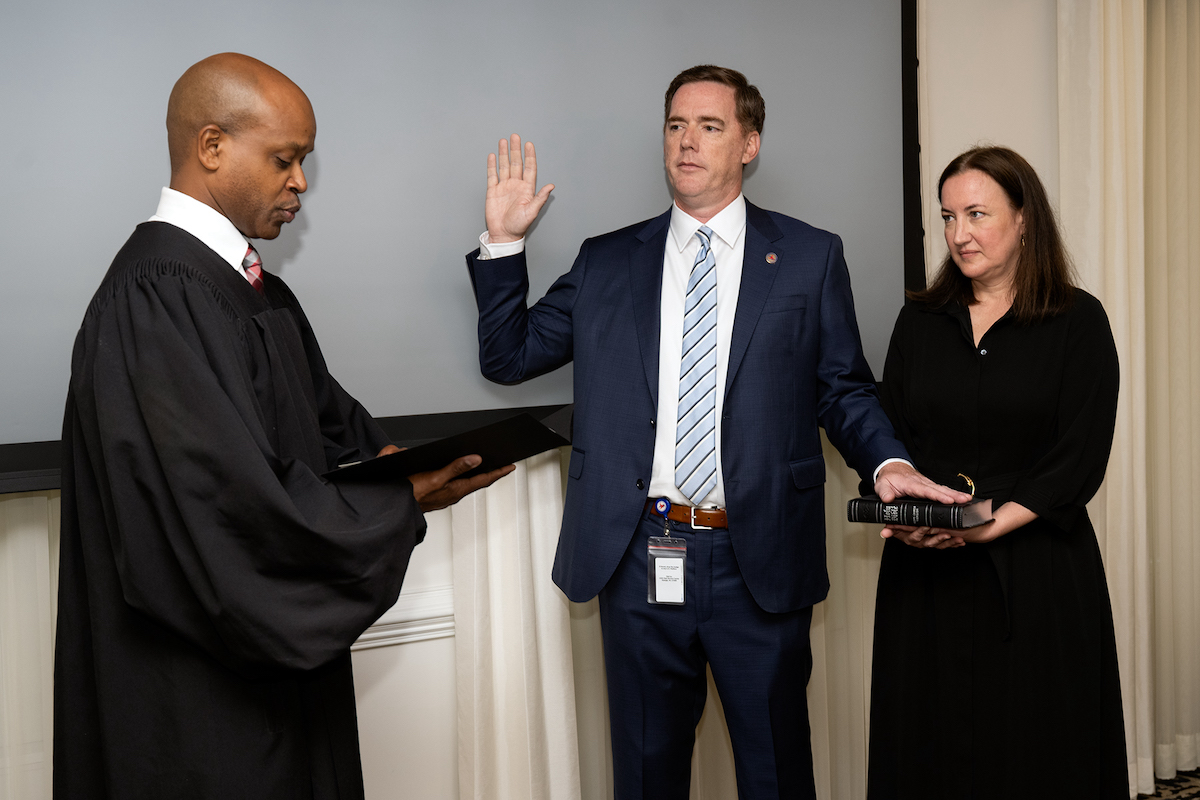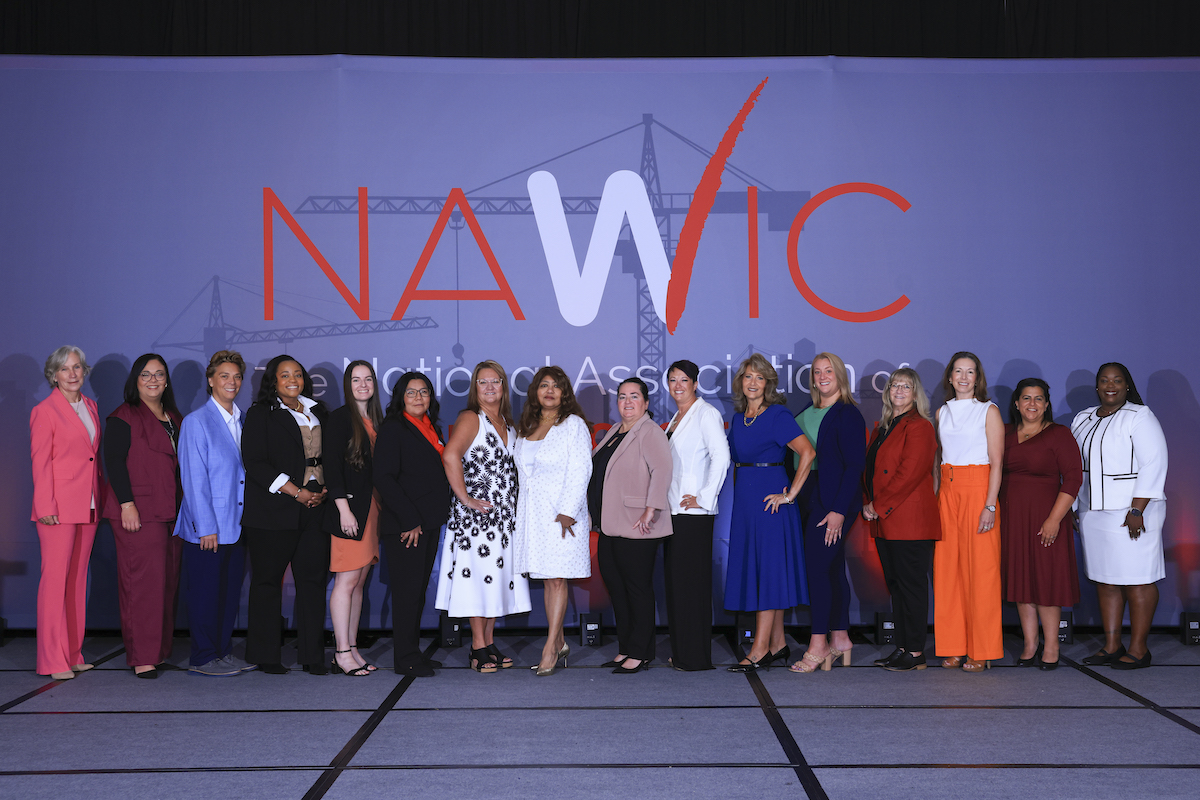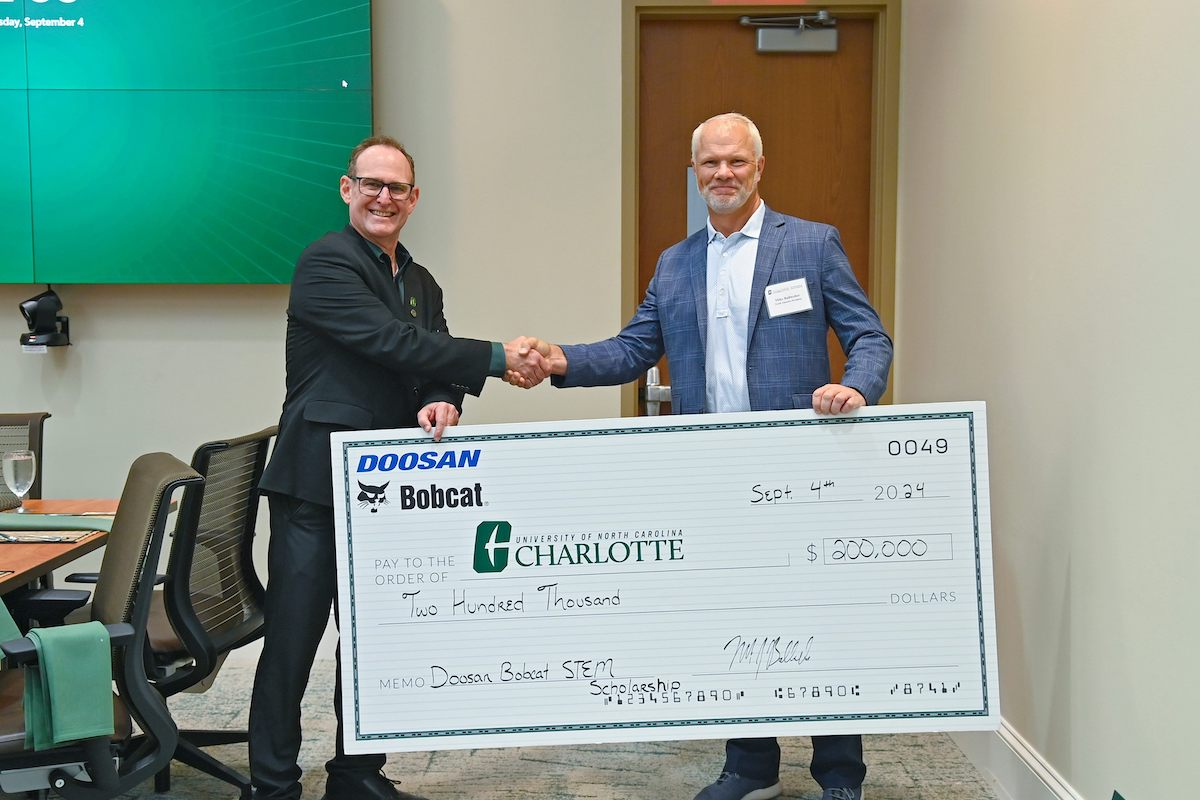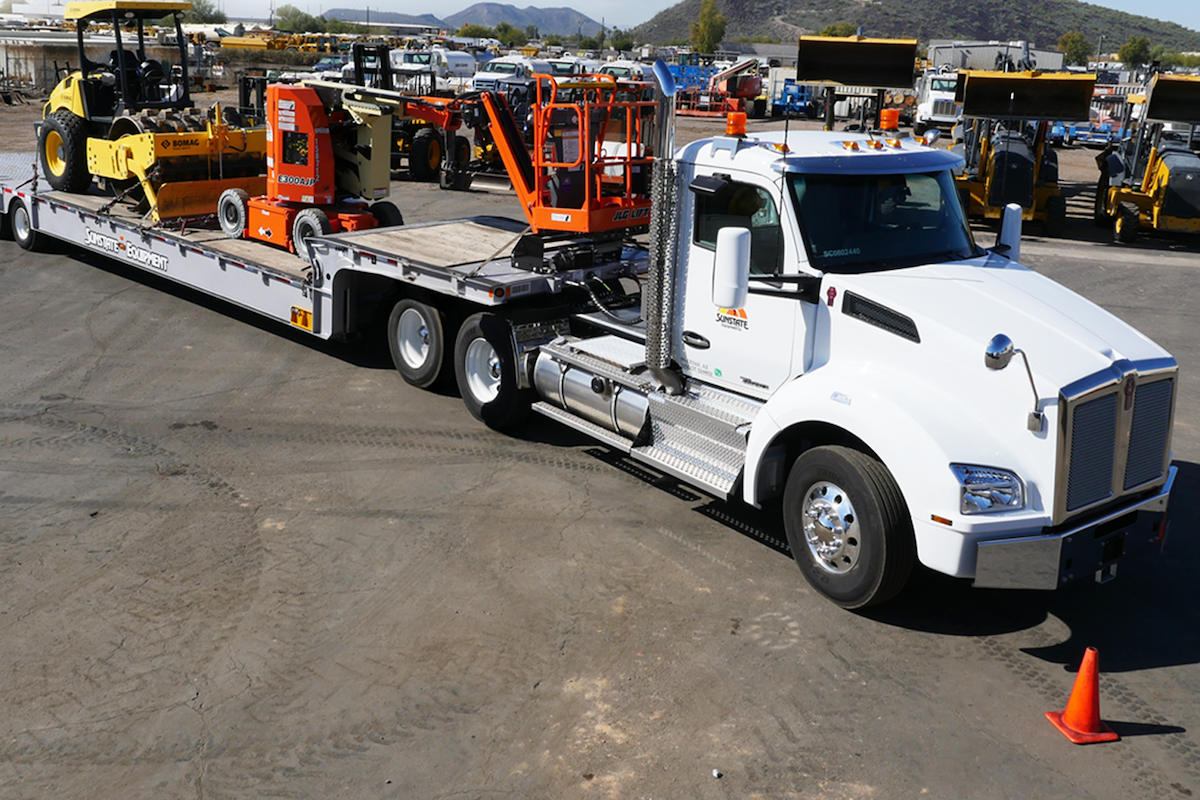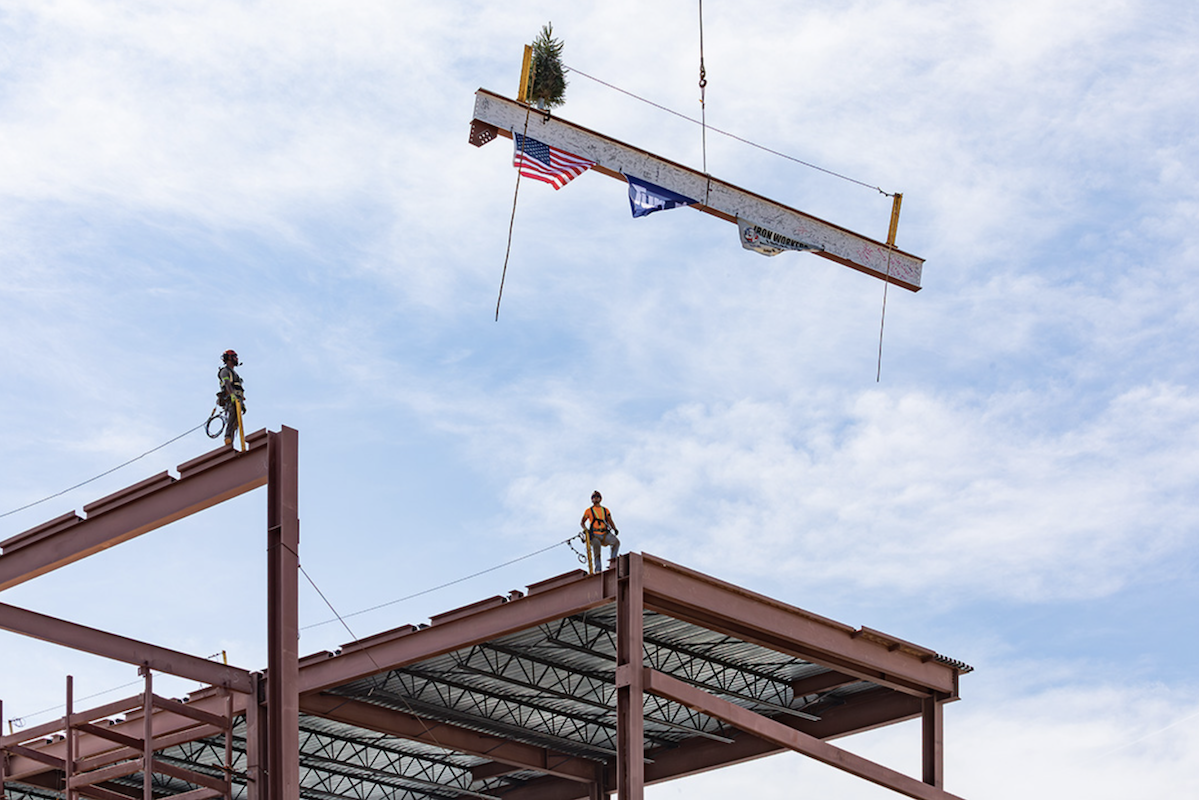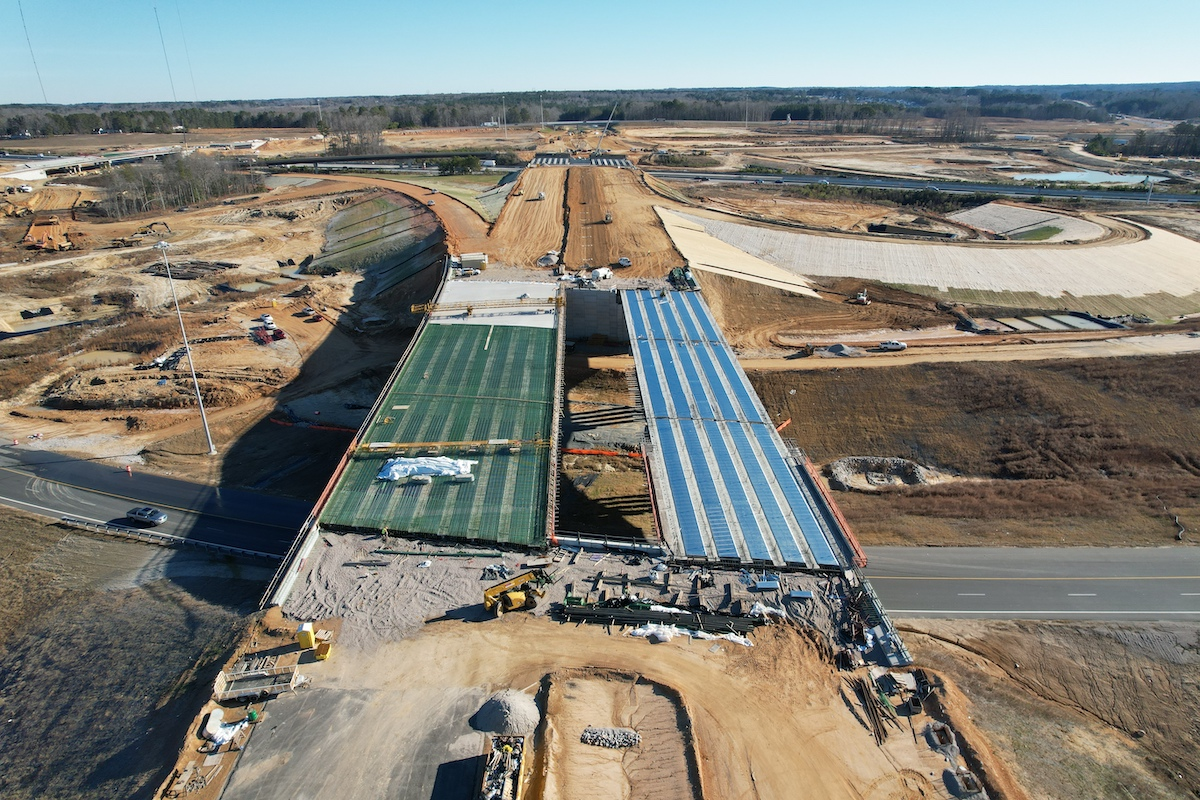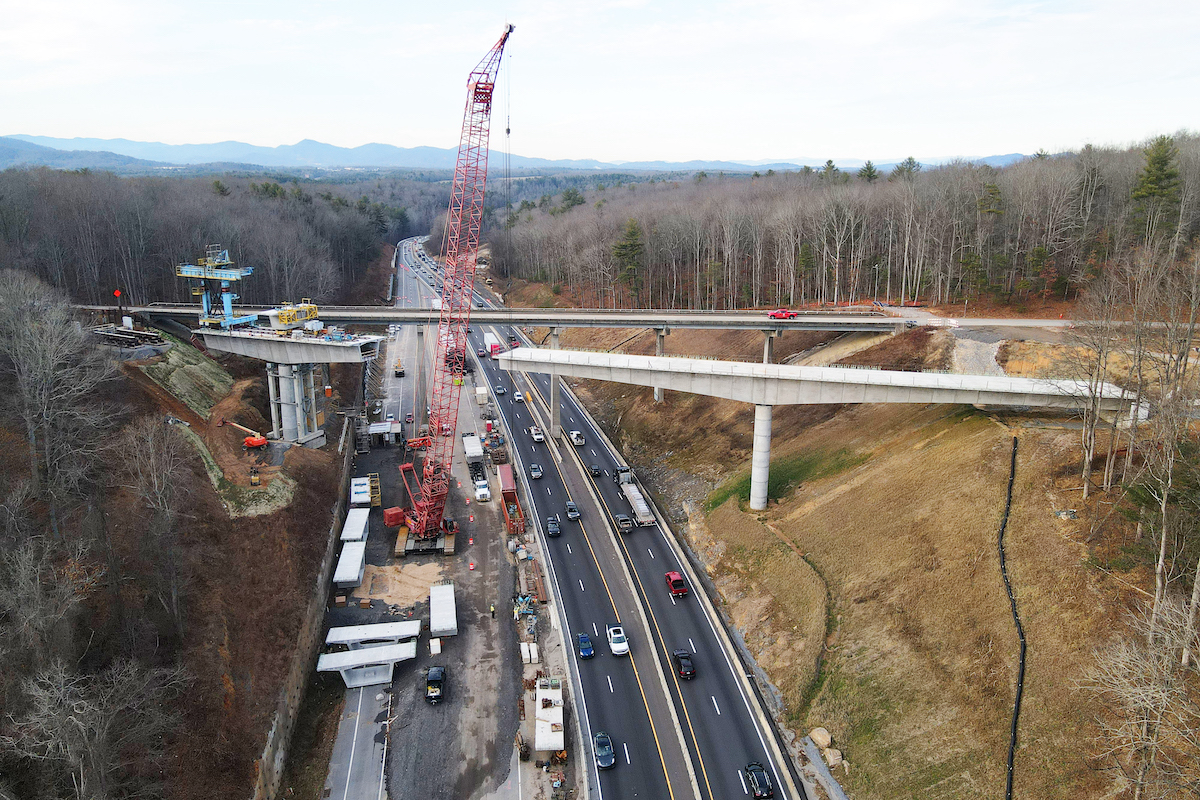“Alcoa Highway is a major corridor with high volumes of traffic,” said Mark Nagi, spokesperson for the Tennessee Department of Transportation (TDOT), the owner of the project.
About 51,979 vehicles travel on this north-south highway daily. The department expects traffic could increase to 70,000 by 2037.
TDOT coordinated with local officials, agencies, and the public to minimize disruptions and stress on the traveling public.
The project entails reconstructing or widening 13 miles of SR 115 from SR 35 to Cherokee Trail. From SR 35 to South Singleton Station Road, crews will create a new alignment east of the existing roadway. This new section features a four-lane, controlled-access highway. The existing road will continue to offer access to local businesses. TDOT has planned new interchanges at the McGhee Tyson Airport, at Hunt Road, at Wright Road, and at Pellissippi Parkway.

| Your local Komatsu America Corp dealer |
|---|
| Linder Industrial Machinery |
“The new interchange for the new Alcoa Highway alignment and existing Pellissippi Parkway will have a total of eight ramps and four bridges to create several flyovers,” Nagi said. “This area will look very different than it does today. However, it will not be fully open to traffic until completion of the next Blount County phase of the Alcoa Highway corridor projects.”
Two phases are complete (Hall Road to Tyson Boulevard and Maloney Road to Woodson Drive). Three phases are under construction currently (Woodson Drive to Cherokee Trail, Little River to Maloney Road, and Tyson Boulevard to South Singleton Station - phase one). That would leave two phases yet to be let (Tyson Boulevard to South Singleton Station - phase two, and South Singleton Station to Little River).
While in Knox County from north of Maloney Road to Woodson Drive, crews finished the $77 million project in summer of 2023. The scope included construction of three bridges, three roundabouts, eight retaining walls, and utility adjustments, while widening this 1.5-mile portion of SR 115 from a divided two-lane roadway to a controlled access, six-lane highway. Vaughn and Melton, a JMT Company, of Knoxville, Tennessee, designed this portion of the SR 115 project.
“Stream relocation is part of the scope of work as well as many box culverts that require stream diversions,” Nagi said. “The scope will include significant grading and environmental stream mitigation devices, such as log vanes, step pools, cross vane structures, log riffles, and boulder riffles. There will also be significant establishment of new trees and vegetation.”
Some of the bridges use concrete bulb tee beams and others use steel girders. The foundations vary from spread foundations bearing on rock to driven pile foundations. Charles Blalock & Sons (Blalock), the contractor for the first six phases of the SR 115 project, plans to use a special type of rolling box culvert form for pouring a large, triple barrel box culvert near the existing Amazon access road.
“The relocated Alcoa Highway will improve the safety and operation of the route, relieve delays and congestion, and accommodate current and future traffic demands,” Nagi said.
Almost the entire footprint lies in former farmland, which TDOT acquired. “To get the site ready for construction, heavy clearing and grubbing, as well as stripping of existing topsoil, was necessary,” Nagi explained.
The contract for this phase was awarded at a bid price of $159.84 million, with funds coming from federal and state resources. H.W. Lochner of Franklin, Tennessee, designed this section. Phase one is anticipated to complete in fall 2027, while phase two is anticipated to begin shortly after completion of phase one but has not yet been let to construction. Therefore, a completion date for phase two is not yet established. The last Blount County section from South Singleton Station to south of the Little River is planned, but construction has not begun.
Since most of the construction takes place outside of existing traffic operations, there are few impacts to existing drivers. From time to time, lane flagging operations will be required on Cusick Road, which carries about 4,950 vehicles daily.
“Within the Knox County portions of the project, the most significant concerns for communities have been the maintenance of traffic during construction,” Nagi said. “At times, the proposed construction conflicts with existing travel lanes in which project staff have been required to find innovative solutions.”
Those solutions include constructing a temporary ramp to allow traffic from John Sevier Highway to access southbound SR 115. A second example accelerated certain portions of work by altering the proposed means and methods of construction.
“One item the department elected to do this with was the construction of a pedestrian tunnel,” Nagi said. “To construct this tunnel, it was necessary to temporarily close one of the side roads. However, to minimize impacts to this community, the department proceeded to use a precast structure to significantly decrease the timeframe the road had to be closed in comparison to cast-in-place methods.”
The pedestrian tunnel passes under West Topside Road and eliminates the at-grade crossing with that road. The contractor will install a 112-foot-long, 10-foot by 10-foot precast box culvert.
In most areas of Knox County, construction entailed removing existing shoulders and constructing full depth widening adjacent to the existing lanes, Nagi said.
“In addition, at times when the alignment of the roadway was altered from existing conditions, the contractor would be required to remove and grade other features to achieve the lines and grades in the contract,” Nagi added.
The Knox County sections include construction of nine bridges, supported by spread and pile footings. Eight of the bridges use prestressed concrete bulb tee beams and extend existing culverts for stream diversions.
“The last bridge was originally designed utilizing concrete beams,” Nagi said. “However, [it] was revised by a value engineering change proposal to utilize steel girders.”
The department uses a drone to scan and survey the project to estimate grading quantities.
Work began in October 2019 on the $64 million, 2.25-mile section in Knox County from Topside Road to Maloney Road. Crews are currently constructing the John Sevier interchange. This includes four bridges, ramps for the John Sevier interchange, nine retaining walls, and widening SR 115 from four to six lanes. Robert G. Campbell & Associates of Knoxville designed the section, which should complete in August 2025.
Also in Knox County, crews are working on the 1.5-mile section from Woodson Drive to the Cherokee Trail interchange. Robert G. Campbell & Associates also designed this section. This $186 million phase broke ground in July 2023, with completion expected in June 2028. The scope of work includes grading, enhancing drainage, constructing two bridges and 28 retaining walls, extending a box culvert for use as a pedestrian tunnel, improving the ITS, adding signals at four intersections, and making utility adjustments necessary to widen SR 115 and construct the Cherokee Trail interchange.
Blalock is using short, 20-minute, rolling roadblocks on this section, while mobilizing, performing rock excavation, and clearing.
The contractor noted some differences with the initial survey and the site. “The team has worked closely together to ensure any discrepancies are quickly resolved, so progress can continue,” Nagi said.
Subcontractor Cleary Construction of Tompkinsville, Kentucky, is performing underground utility relocations in this Cherokee Trail section.
“In the near future, the Cherokee Trail project will utilize a specialized material as backfill for a retaining wall,” Nagi said. “This backfill is referred to as Geofoam, which is a lightweight fill material used in construction where conditions do not allow for conventional backfill materials.”
This represents the last section in Knox County. However, the work to date has begun to pay off.
“I am most proud of the progress this corridor has made in the last several years and how it will play into the department’s mission to provide a safe and reliable transportation system,” Nagi said. “We are already seeing a safer and more efficient roadway for motorists in Knox and Blount counties for decades to come.”
Photos courtesy of Tennessee Department of Transportation






















